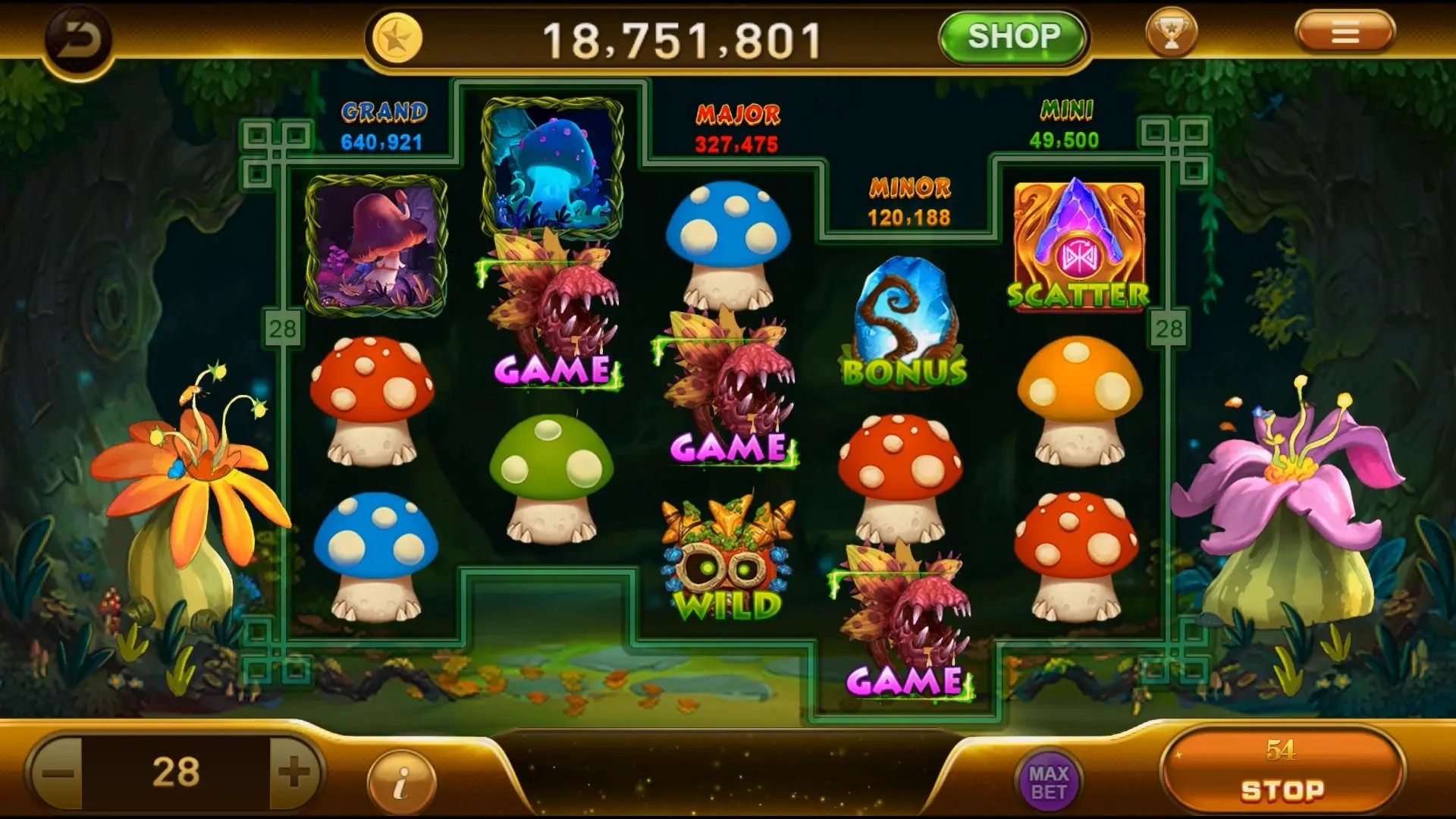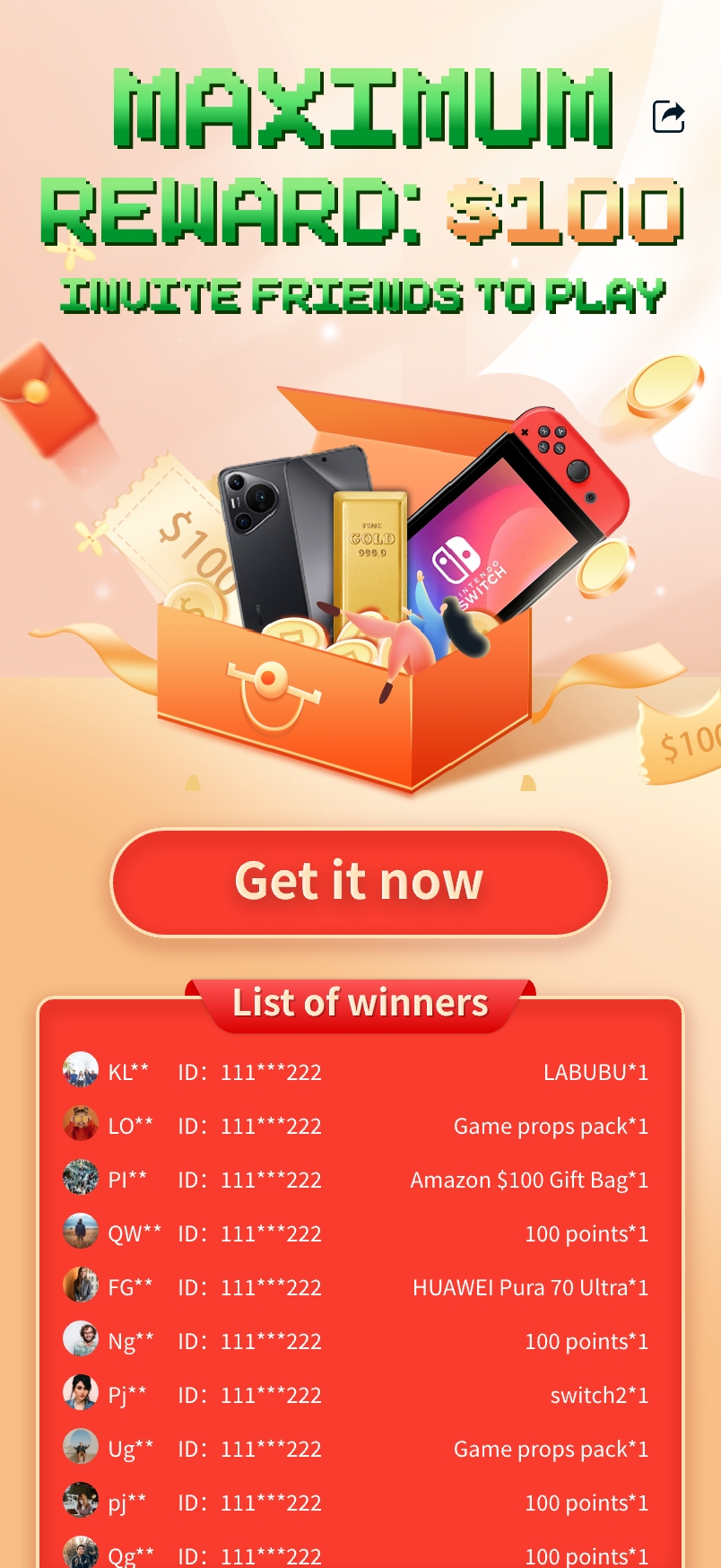Why Casual Games Are Taking Over: The Rise of Indie Games in Today's Gaming Market
Forget about the days when gaming was strictly reserved for hardcore players. Today, casual games are taking the gaming world by storm. Have you ever wondered why this shift is happening? From indie games bursting into the scene to the embrace of gaming as a universal form of entertainment, let’s dive into the reasons behind this intriguing evolution.
The Appeal of Casual Gaming
Casual games are designed for ease of access and enjoyment. Unlike their complex counterparts, they have simpler mechanics and shorter play sessions. This makes them appealing to a wide range of audiences. Here are some key points:
- Accessibility: Anyone can pick up a casual game and start playing without a steep learning curve.
- Social Interaction: Many casual games incorporate social features that enhance the experience, allowing friends to join in.
- Quick Gameplay Sessions: These games fit perfectly into our busy lives, permitting players to engage in short bursts of fun.
The Rise of Indie Games
Indie games have played a significant role in the casual gaming takeover. Thanks to the digital revolution, developers can create stunning, creative games without the backing of major studios. Here’s how they’re making waves:
| Feature | Indie Games | Traditional Games |
|---|---|---|
| Market Access | Easy access via platforms like Steam | Complex distribution channels |
| Innovation | High; unique concepts and storytelling | Moderate; risk-averse production |
| Cost | Generally lower to produce | Higher due to larger teams and budgets |
Story Games RPG: A Niche Yet Popular Category
Within the realm of casual games, story-based RPGs are captivating players everywhere. These games often offer rich narratives, character development, and immersive worlds. Some popular examples include:
- “Undertale” – A quirky take on the RPG genre with multiple endings based on player choice.
- “Stardew Valley” – Not just a farming simulator; it’s a heartfelt escape into a charming rural life.
- “Firewatch” – An engaging narrative-driven experience that emphasizes emotional connection.
Players are drawn to these titles because they bridge the gap between casual gameplay and deep storytelling. This fusion allows for memorable experiences that resonate long after playing.
The Role of Mobile Gaming
Mobile platforms have propelled the casual gaming genre to new heights, offering unprecedented accessibility. The convenience of playing on smartphones has changed how we think about gaming:
- Immediate Availability: Games can be downloaded and played in a matter of seconds.
- Variety of Choices: With millions of apps available, there is something for everyone.
- Microtransactions: Many games offer free entry with optional purchases, making them appealing to a larger audience.
Statistics That Speak Volumes
Let’s break down some statistics that highlight the rise of casual and indie games:
- Over 65% of mobile gamers identify as casual players.
- Indie game sales have increased by 300% over the past five years.
- Players spend an average of 30 minutes playing casual games per session.
These numbers illustrate not only the popularity of these games but also the changing landscape of player preferences.
The Community Factor
A thriving community often surrounds casual and indie games. Forums, online interaction, and social media platforms allow players to connect, share tips, and enjoy the experience together. This community aspect is crucial, as players often seek validation and a sense of belonging through shared experiences.
Challenges in the Indie Game Scene
Despite their successes, indie games face unique challenges:
- Discovery: With so many games available, getting noticed is increasingly difficult.
- Funding: Many indie developers struggle to secure funding, making it hard to take their projects to full fruition.
- Market Saturation: As more indie titles emerge, the competition for players' attention grows fierce.
Conclusion: Casual Games and Indie Development as the Future
As we reflect on the rise of casual games and indie games in today’s gaming market, the implications are clear. The trends indicate a shift towards accessibility, creativity, and community-driven experiences. For players, this means an abundance of choices that cater to diverse tastes and preferences. Whether you’re into story games RPG or just looking for a quick game to unwind, there’s no denying that casual gaming is here to stay and will continue to grow. So, grab your mobile device, dive into that indie adventure, and enjoy the journey!



